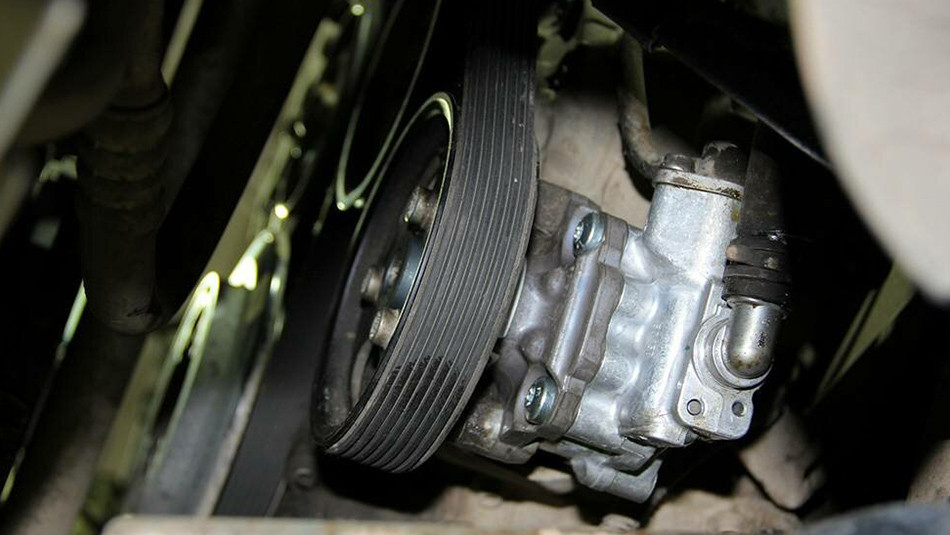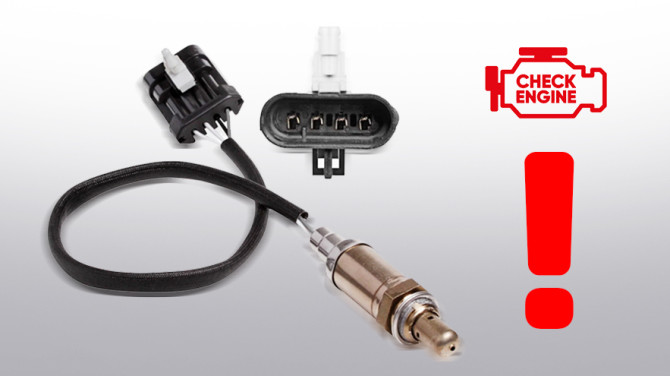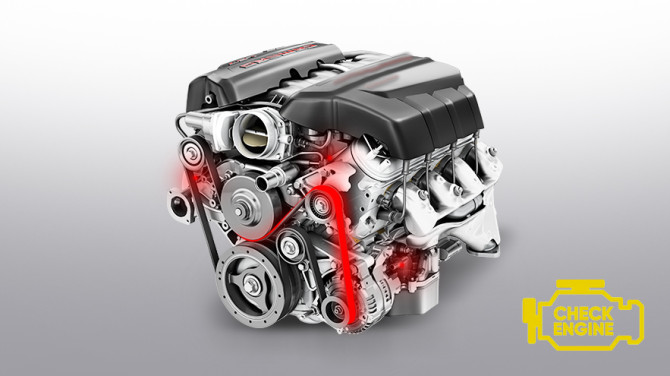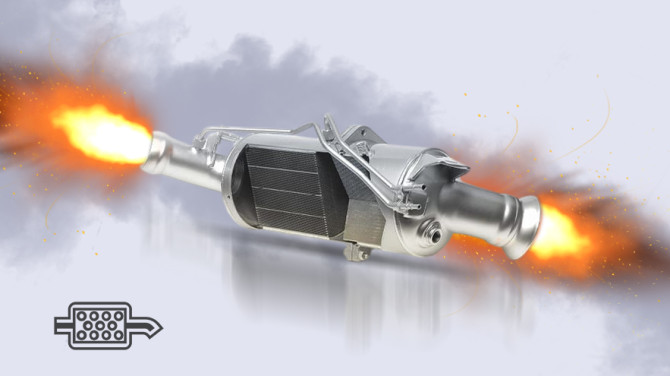How Does Hydraulic Power Steering Work in a Car?

In the year 1952, General Motors introduced the fourth generation of the Cadillac Series 62. The exterior and interior were redesigned, the engine was modified, but what truly matters is that this specific Cadillac is considered the first production car with hydraulic power steering.
Power steering isn't just a way to make turning the wheel easier and increase driving comfort. It also has a significant impact on safety, as it greatly facilitates controlling the car when navigating turns at high speeds. It also significantly improves the likelihood of keeping the vehicle on the road in the event of a sudden failure of one of the steering wheels.
Components of the Power Steering System
The power steering system consists of several elements. These are the key components:
- Steering column: The construction of this device is complex, but its task is quite simple – to transmit force from the steering wheel directly to the steering rack.
- Steering rack: The role of the steering rack is to convert the rotational force from the steering column and turn the car's wheels to the desired angle.
- Hydraulic power steering pump: If the steering system is not equipped with power steering, the driver would have to exert a lot of effort to turn the wheels. The hydraulic power steering pump is a device that:
- Generates and changes fluid pressure in the system.
- Redirects hydraulic oil to the distributor, which, in turn, directs oil to the appropriate chamber in the hydraulic actuator.
These three units work closely together, so a failure in one component will be noticeable in the entire steering system. Loss of auxiliary power, wheel stiffness, knocking, and squeaking may indicate a malfunction in the steering system.
How Does the Hydraulic Power Steering Pump Work?
First, it's worth mentioning that the power steering pump has a belt drive. This means that for it to work, the car's engine needs to be running. After the internal combustion engine starts, the pump begins to continuously circulate hydraulic fluid through the system. Power steering pumps come in various types and designs, but vane-type pumps have become the most widespread.
How it works:
1. As it rotates, the crankshaft of the running engine uses a belt to rotate the pump's pulley. The pulley, in turn, is attached to a shaft.
On the other side of the shaft is a rotor with slots containing vanes. These vanes are movable, so when the shaft rotates, they extend from the slots and press against the walls of the stator. Thanks to these vanes, a low-pressure zone is created in the chamber, which leads to the suction of hydraulic fluid and filling of the chamber. As they approach the narrow part of the stator, the vanes retract into their slots, causing pressure to increase. The high pressure causes the fluid to be pushed into the discharge pipe and then to the distributor;
2. Distributors also come in various designs, but most often they have a rotary spool that turns when the steering wheel is turned.
The spool has holes and channels for fluid movement. The task of the distributor is to direct the fluid flow to the necessary chamber of the hydraulic cylinder in the steering rack, where there is a piston attached to the rack shaft. This creates excess pressure in one or the other cavity of the cylinder, thereby reducing the effort needed to turn the steering wheel in one direction or the other.
When the steering wheel returns to the neutral position, another element comes into play - the electromagnetic valve. When the power steering pump is not in use, the valve opens and the hydraulic fluid drains, which leads to a decrease in pressure in the system.
Safety is in Your Hands
Power steering significantly improves the comfort and safety of the driver. However, the steering system is a complex mechanism composed of many elements and components. It requires attention and periodic servicing, just like any other system. Carefully observe your car's behavior, regularly check the quality and quantity of hydraulic fluid, and don't forget to replace it at the appropriate time.
If you suspect any issues with the power steering system in your vehicle, you should promptly schedule a diagnostic at a specialized workshop. A faulty element in the steering system can damage the remaining components. Don't delay the repair of the steering system; in this case, it's about safety.
If you have an issue with the steering system, STS can help. We offer a wide range of solutions: repairing the steering assembly or replacing it with a new, reconditioned original, or high-quality steering assembly. We diagnose and repair steering racks using our own production equipment.







